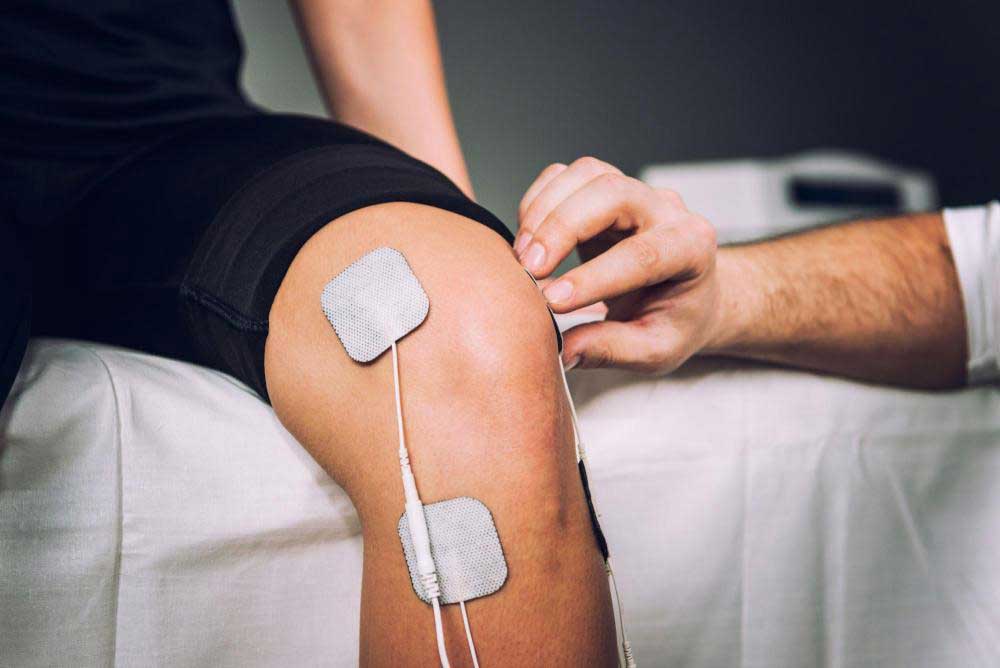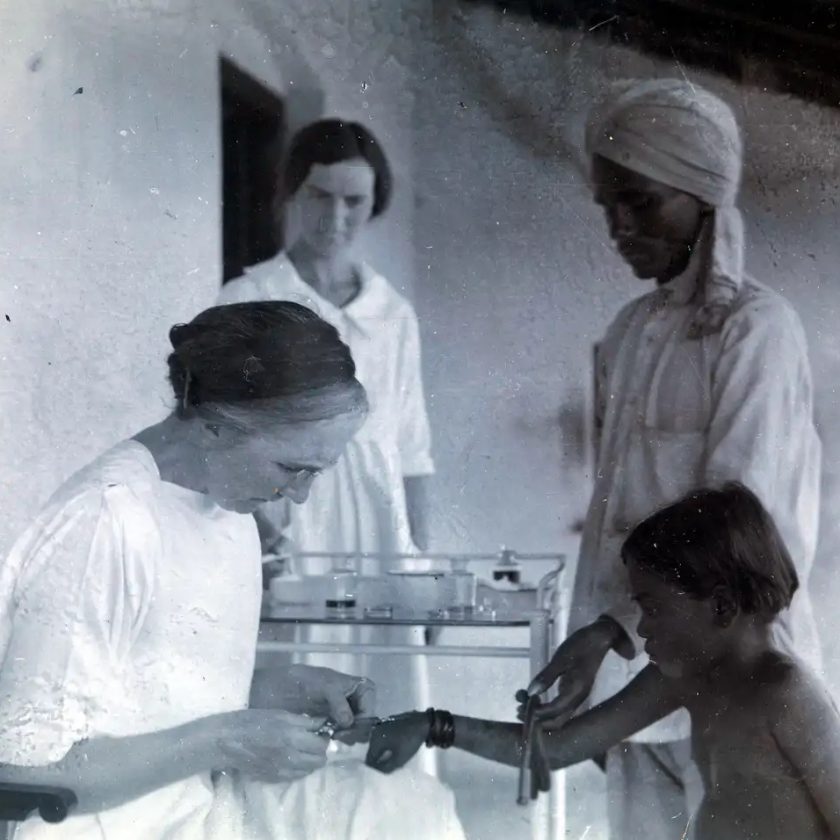One of the most amazing things about the human body is its ability to repair itself. Lacerations, punctures, abrasions all heal with little or no care. Chronic wounds, those that persist day after day, are a small subset of wounds but they compose a troublesome minority. They include, but are not limited to, diabetic foot ulcers (DFU), venous leg ulcers (VLU), and pressure ulcers (colloquially known as bedsores). These represent the body’s failure to fix itself.
Approximately 6.5 million Americans are affected by chronic wounds. Because of certain medical trends (aging populations, increased occurrence of diabetes, the rise in obesity), chronic wounds are becoming more common, occurrences increasing at around 8% per year. The US spends $25 billion annually treating these wounds, which are the most expensive complication following surgery. Wounds are a major source of bacteria that drive infection rates at hospitals.
Initial treatment of a chronic wound involves regular cleaning and covering the damaged area with wound dressings and bandages. In many instances, the physician will debride the dead or inflamed tissue, removing it by various methods ranging from plucking it away with tweezers to introducing maggots to the wound where they consume the damaged tissues.
However, some wounds still fail to heal. These ulcers require advanced therapies. These include:
- Electrical stimulation
- Negative pressure
- Hyperbaric oxygen
- Growth factors
- Skin substitutes
- Stem cells
Nursing home healthcare professionals will select the specific treatment best suited for their patients. A new treatment option using electrical stimulation, the Bioelectrical Signal Therapy (BST) Device from E-QURE may soon present a very cost and time-effective solution.
Read more of the article at McKnight’s







